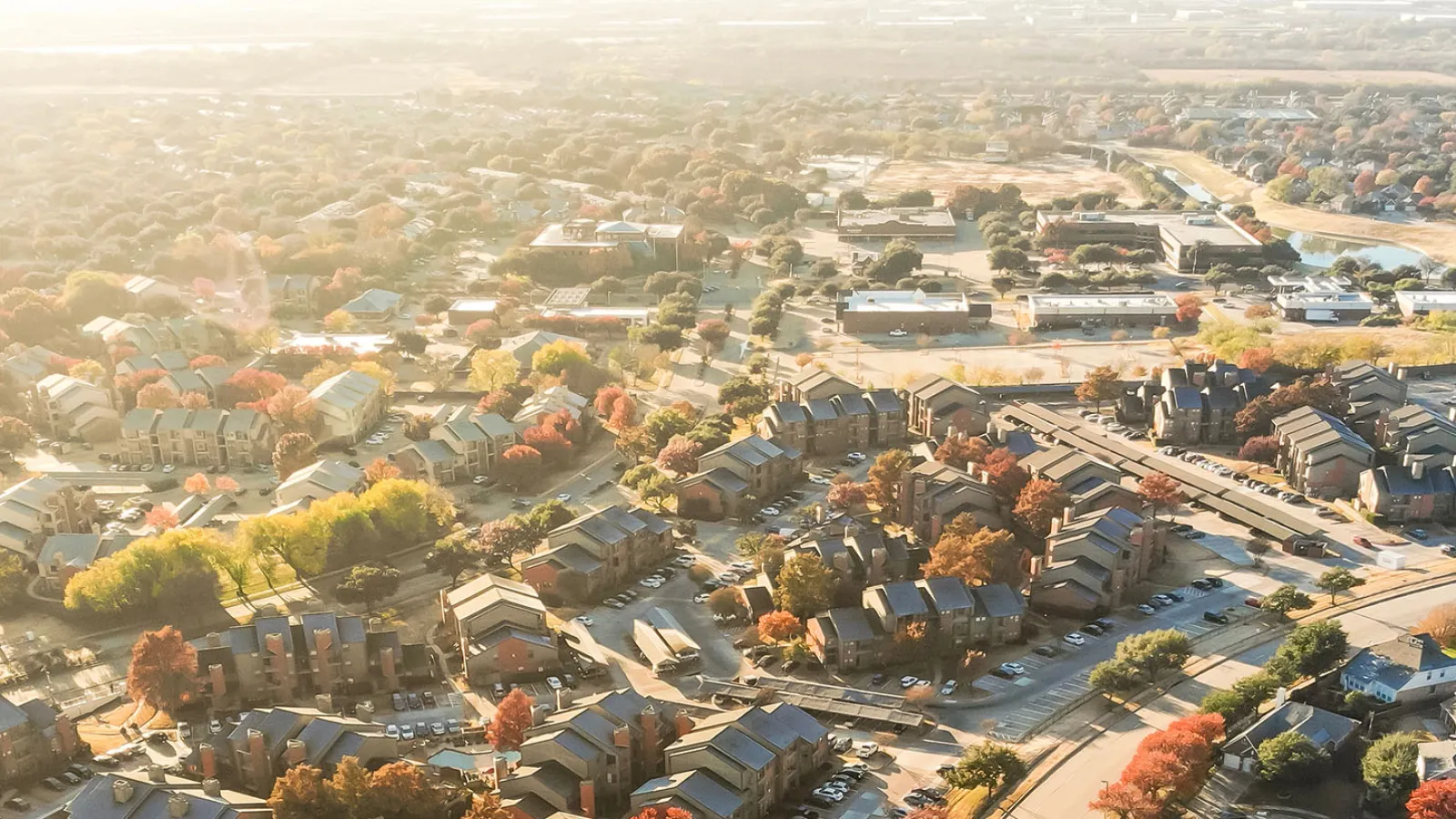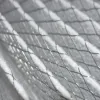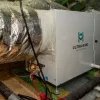The yellow cloud will soon be upon us.
Every year in early spring, a thick blanket of yellow pine pollen covers homes, cars, sidewalks, and mailboxes throughout Atlanta and the Southeast. Spend enough time outside, and it gets on your face and in your hair, too.
Of course, any time there’s pollen you can see, there’s also pollen you can’t see. Lots of it.
And if you suffer from allergies, you know just how bothersome these pollens can be!
Aside from binging on Zyrtec and Flonase, you might think your only remedy is to stay inside, keep the windows closed, and avoid tracking the yellow stuff across the living room rug. That’s all fine and good, but there’s still a problem.
Airborne pollen pretty much always finds its way into your house.
It’s true! Unless you’ve taken some key steps to minimize the intrusion of pollen into your home, there’s probably a lot of it floating around, getting in your lungs, and making you sneeze.
So, what can you do to minimize ill effects from the yellow dust cloud of doom? Here are a few tips and suggestions for improving indoor air quality during the pollen season.
1. Air seal your home to block pollen-laden air from getting in
This is probably the most effective and permanent fix for minimizing pollen intrusion. And, for that matter, intrusion of all airborne pollutants.
You see, most airborne pollens don’t enter your home through, say, a door that’s open for a few seconds or from whatever stuck to your clothes while you were outside. They infiltrate via gaps and cracks in your home’s building envelope.
Most of these gaps and cracks reside between your living space and your crawlspace or attic. Typically, we find them around plumbing pipes, HVAC ducts, and electrical wiring. Cumulatively, they may amount to leaving a door open all the time so that outdoor pollutants can easily enter your home. Needless to say, heat also enters (in summer) and escapes (in winter) through these spaces.
Instead of sealing these air leaks as you come across them – the only way to find them is to spend a lot of time in your attic and crawlspace moving insulation around – a home assessment can show you exactly where the biggest ones are. That way, you can prioritize your air sealing to eliminate the biggest offenders first.
During a home energy assessment, we pressurize your home with a blower door. Then we take readings in every room throughout your home with an infrared camera. This shows us where the biggest leaks are.
Of all our tips, this is probably the most involved. It’s the only one you might consider a “project” for improving air quality, energy efficiency, and comfort. When it comes to pollen, however, it’s also the most effective long-term fix.
2. Don’t ventilate
We’re big fans of ventilation and mechanical ventilation in particular. But not during the pollen season.
We know it’s tempting to open a window when the temperature is in the 70s. But if you suffer from allergies and/or just don’t want to have to clean pollen dust off of everything, keep them closed during the pollen season.
And as much as it pains us to suggest it, turn off your mechanical fresh air ventilation. This means turning off your ERV, closing the ventilation damper on your ventilating dehumidifier, blocking or closing off an always-open ventilation duct (hopefully there’s a damper on this, too).
Fresh air ventilation is absolutely important for indoor air quality, but pollen season usually only lasts a couple of weeks. You can turn the system back on when the dust clears.
3. Upgrade your air filter
Typical 1″ air filters are tricky. The really dense one’s block airflow and make your HVAC system work less effectively. The more porous ones, however, might not filter enough material to optimize indoor air quality.
The solution is to get a media filter. Everybody loves them. Media filters have a high MERV value (so they’re dense enough to filter out all the nasties, like pollen), but they also have much more surface area than a typical 1″ filter. So, they don’t block airflow to your HVAC system.
If you want even more control over airborne pollutants, a HEPA filtration system is the way to go. These systems use extremely dense filter media and multiple layers of filtration to deliver ultimate cleaning of the air circulating in your home. Consider a HEPA filter if you have severe allergies, suffer from them indoors, and also want to control/limit odors and other contaminants that may enter your airstream.
4. Clean or replace your air filter
If you use a standard 1″ filter, consider doing this right before and right after the pollen season. When pollen is in the air, your filter is working harder than usual. And then, when pollen season is over, it’s good to start fresh instead of forcing your HVAC system to contend with a dirty filter.
Not sure whether to clean or replace your filter? Just do what the manufacturer recommends. Some filters are washable. Most are disposable.
Need better indoor air quality? We can help.
If you live in Metro Atlanta and are concerned about indoor air quality during pollen season or all year round, give us a shout! Someone from our team will visit your home, consider your concerts, and direct you to the best solution to the problem.






